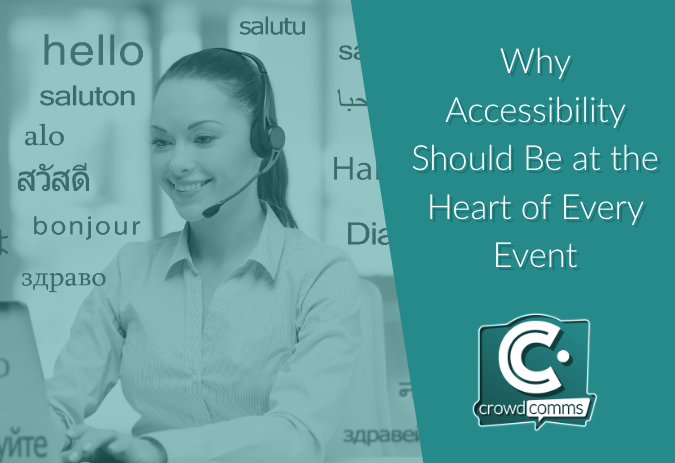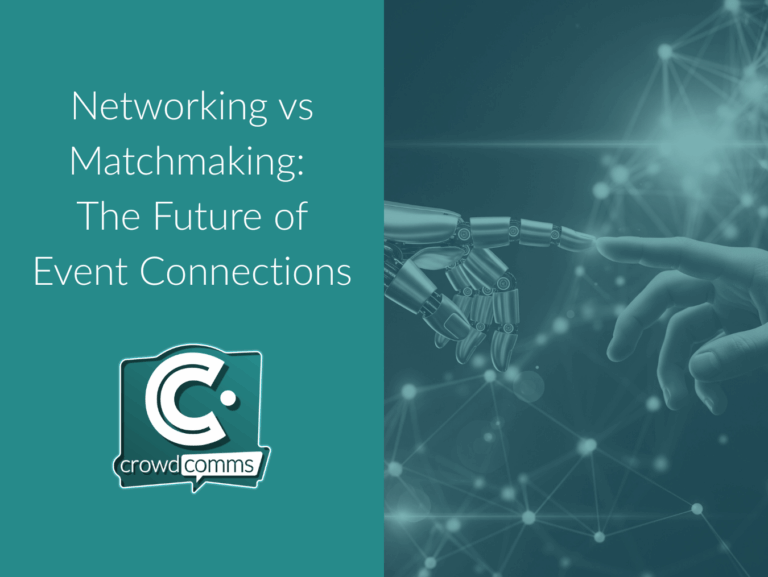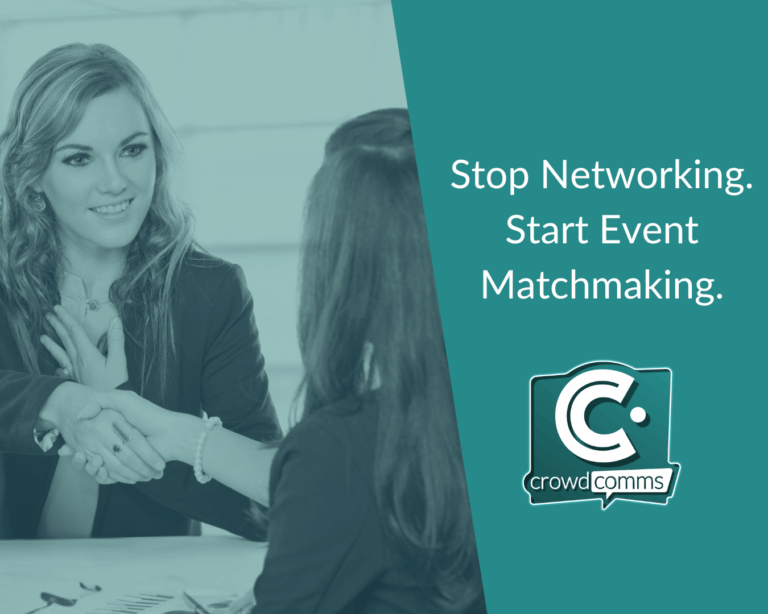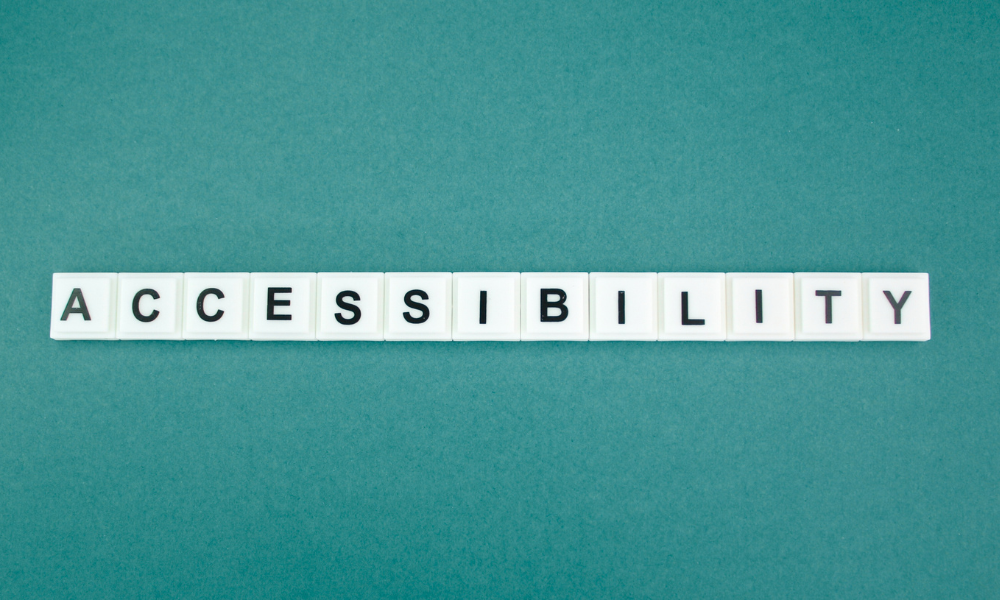
Accessibility Is About People, Not Paperwork
The events industry has always been about bringing people together—but not everyone has always been able to take part. From ticketing barriers to inaccessible venues, too many experiences still exclude attendees who deserve to belong.
The European Accessibility Act (EAA), coming into force soon, is about changing that. It will require event organisers, suppliers, and platforms to make sure everyone can access, navigate, and enjoy events—whether they’re attending in person or online.
But beyond compliance, accessibility is about connection. It’s about empathy, understanding, and designing experiences that work for everyone from the very first click to the final applause.
That’s why we wanted to share what our friends at Access Loop, who’ve created an excellent EAA Compliance Checklist for Live Events—a tool that helps you turn good intentions into tangible action.
Here’s what the event accessibility checklist reminds us—and why each step matters.
1. Accessibility Starts Before the Event
Your event’s accessibility journey begins long before anyone arrives at the venue. It starts online—with your ticketing systems, event websites, and pre-event communications.
If a person can’t book a ticket, read event details, or even find accessibility information easily, they’re excluded before they’ve had a chance to take part.
Accessible websites that comply with WCAG 2.1 AA standards aren’t just about ticking boxes—they’re about welcoming people in. Keyboard navigation, screen reader compatibility, and clear contrast ratios can be the difference between inclusion and isolation.
When you make your event information available in HTML, tagged PDFs, or large-print formats, you’re not just being compliant—you’re being considerate.
-
Designing Venues That Welcome Everyone
Venue accessibility is about far more than ramps and door widths. It’s about communication, dignity, and independence.
Can emergency messages be seen and heard? Are signs easy to follow? Can people move confidently between spaces? When staff understand accessibility protocols and know how to offer help respectfully, it transforms the experience for everyone.
Small changes—like clearer signage, hearing loops, or providing rest spaces—make your event more inclusive, safe, and enjoyable. They also create a culture where accessibility isn’t a separate checklist, but a natural part of event planning.
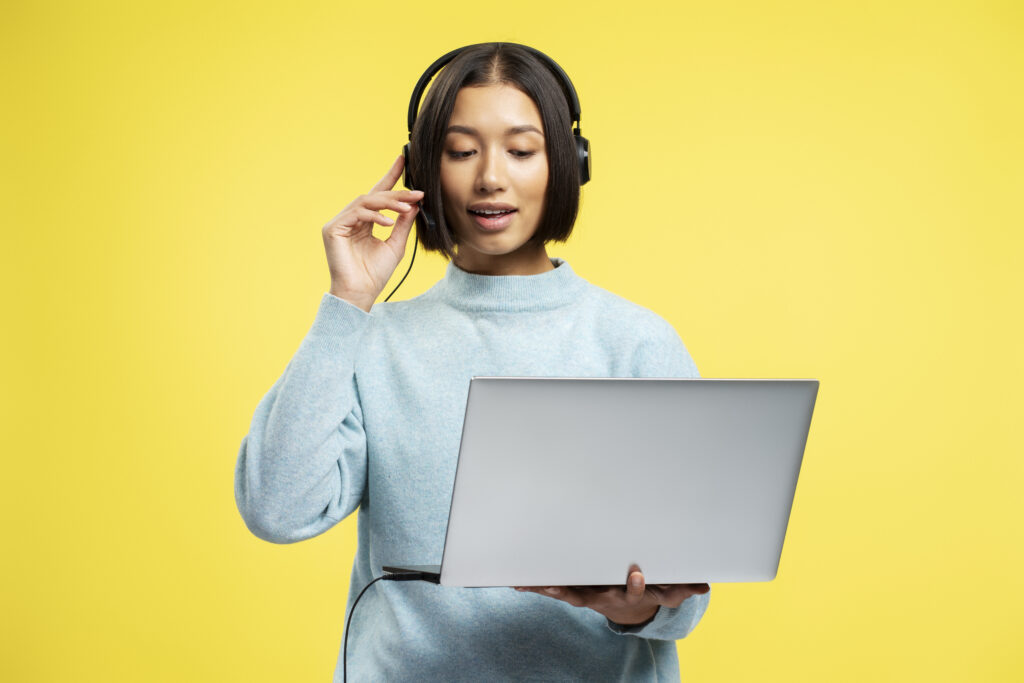
-
Inclusive Content Is Powerful Content
What happens on stage is just as important as what happens behind the scenes. Captions, sign language interpretation, and audio descriptions make your content accessible to wider audiences—but they also enrich the experience for everyone.
Research shows that over 80% of people who use captions don’t have hearing loss—they simply find it helps them focus. Accessibility features benefit everyone, not just those who rely on them.
If your AV setup connects easily to assistive listening devices, or your presenters understand the importance of verbal clarity and descriptive language, you’re creating a truly shared experience—not parallel ones.
-
Livestreaming and Hybrid Events: Inclusion Beyond the Room
The EAA applies not just to physical spaces but to digital experiences, too. Accessibility in livestreaming means ensuring that online participants can interact, understand, and feel part of the moment.
Using accessible streaming platforms, offering real-time captions, and providing recordings with transcripts means your event isn’t limited by walls or time zones.
And here’s the truth: when accessibility becomes part of your digital design, your audience doesn’t just grow—it deepens. You’re no longer broadcasting to people; you’re engaging with them.

-
Collaboration Creates Accountability
Accessibility isn’t something you can outsource entirely—it’s a shared responsibility. Every supplier, contractor, and tech partner you work with should share your commitment to inclusivity.
Adding accessibility clauses in contracts isn’t just good risk management—it’s a clear statement of your brand values. It tells your audience, we care about how this feels for everyone.
Choosing partners like Access Loop, who live and breathe accessibility, helps ensure your event meets not only EAA standards but the expectations of a more socially conscious audience.
-
The Conversation Doesn’t End When the Event Does
Accessibility is a journey, not a milestone. Collecting feedback through accessible forms, inviting open conversation, and being transparent about how you’ll improve are signs of genuine inclusion.
When attendees feel heard—especially those who often aren’t—it strengthens community trust and brand reputation. Accessibility becomes part of your identity, not an obligation.
Inclusion Is the Future of Events
The European Accessibility Act may be the catalyst, but the real reason to act is human. Accessible events are more engaging, more creative, and more memorable because they’re built for everyone.
Accessibility doesn’t limit creativity—it amplifies it. When you design for inclusion, you design for better storytelling, stronger connection, and lasting impact.
Download the Full EAA Compliance Checklist for Events
EAA_Live_Events_Checklist_AccessLOOP (2)
Ready to take the next step?
This helpful checklist was created by Access Loop, experts in event accessibility and inclusion.
Visit accessloop.com or email [email protected] to learn more.
